Stetina beats recovery expectations with Tour of Utah return
'Breaking down scar tissue is a lot harder than suffering on a climb,' says BMC rider
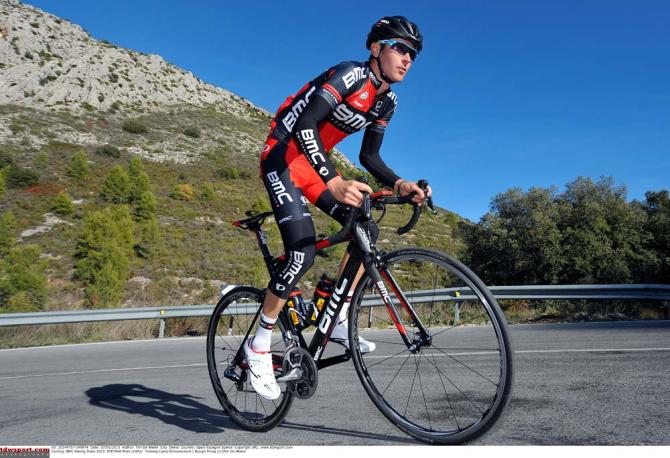
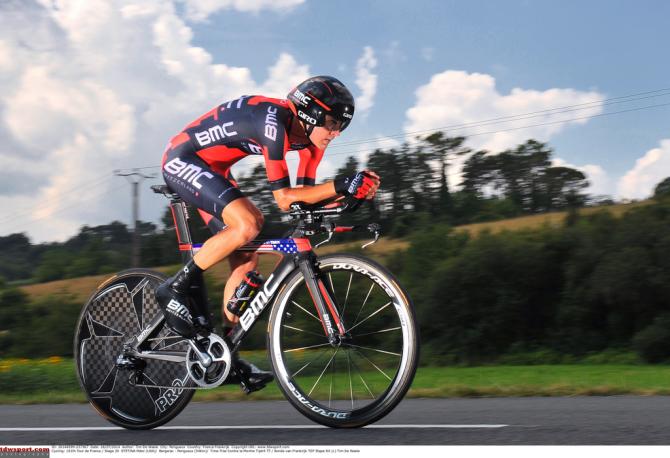
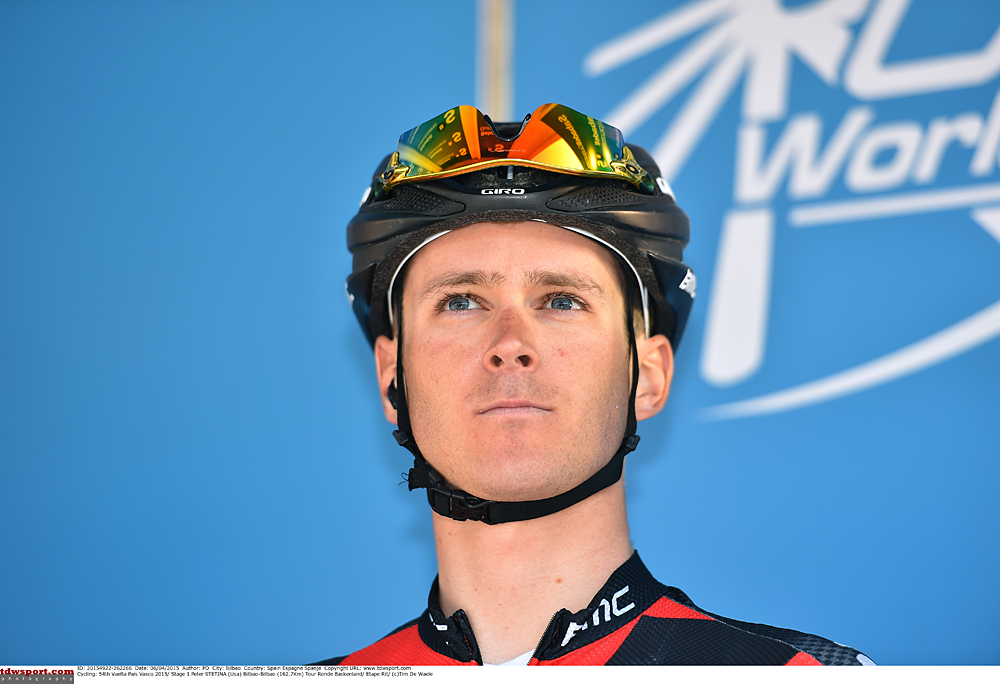
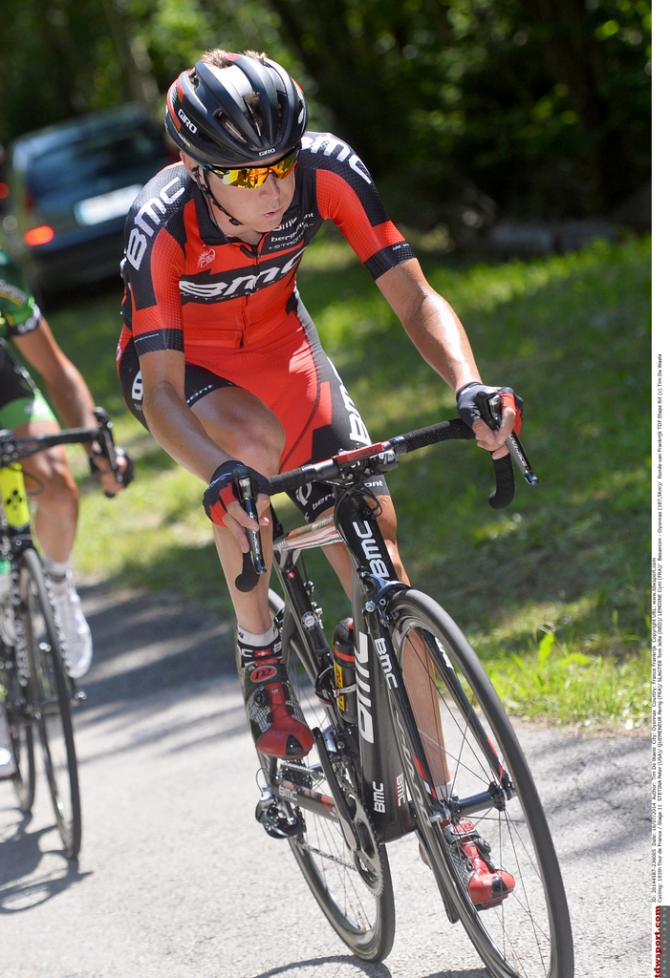
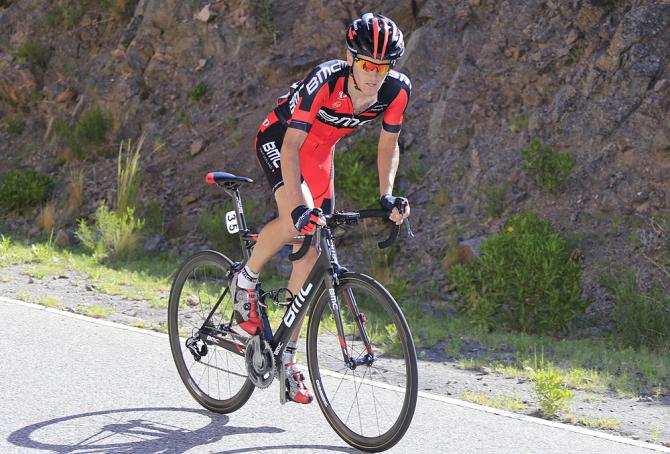
Just hours after fracturing his tibia and patella when he crashed into an unprotected bollard during stage 1 of the Vuelta al Pais Vasco in early April, BMC’s Peter Stetina was already eyeing a return to racing at the Larry H. Miller Tour of Utah.
Such a quick comeback from so serious an injury seemed improbable at the time, but Stetina soared through his recovery and will be on the start line when the race rolls out of Logan on Monday.
“Pete has been incredible,” said BMC director Jackson Stewart. “The day he got injured he was asking me about Utah, literally hours after they put him in the hospital.
“His mindset to come back has really just surpassed everyone’s recommendations or everyone’s concept of how fast someone could heal from something like that. The guy lives and breathes and sleeps all about bike racing and getting back to where he was.”
Stetina still walks with a pronounced limp, but he spent the past week in Park City riding and training, and doctors Eric Heiden and Max Testa recently cleared him to compete. Taylor Phinney, who suffered similar injuries in a crash at the US Pro Championships in May of 2014, will also make his comeback this week in Utah.
Stetina spent the first three months of his recovery at home in Santa Rosa, California, where he wasn’t able to put weight on his injured leg or to walk.
“Basically I’ve been walking for five weeks and I’ve been riding my bike for four weeks,” he said. “I’ve been able to actually train and ride hard for about two and a half weeks. So I’m starting the Tour of Utah on two and a half weeks of training.
Get The Leadout Newsletter
The latest race content, interviews, features, reviews and expert buying guides, direct to your inbox!
“My injured leg is stable, but muscularly it’s really weak. Every ride I do it gets stronger, so if I make it through tomorrow I have a better chance of finishing stage 2 and so on and so forth. I personally would like to make it to the weekend. The best-case scenario is that I make it to stage 5.”
Stetina said his “modest” goals are to make the grupetto for a few stages. But even that accomplishment would be miraculous.
“All my doctors are saying it’s the fastest patella recovery they’ve ever seen, so I’m really happy just to be here,” he said. “If I can do a few stages in Utah then it will give me a bit of race rhythm and it will set me up toward hopefully finishing Colorado – that will be my next goal – and I get a few races in during the season, then I can go into the offseason with more under my belt. I can focus on my imbalances and then come into 2016 solid.”
Stetina’s physical recovery is only part of the reason for the early return. He said the morale boost he gets from being back in with his team is just as important.
“It’s good just to be back in the world, for my head more than anything, just to be back with the team in this environment, in this world that I know,” he said.
“I’ve kind of kept to myself back at home and not getting out much for the last four months. This is the longest I’ve gone without getting on an airplane, which is nice. I don’t miss the travel, but I missed being back in the world of pro cycling.”
Stetina is hoping to take one positive away from his experience: an increased level of pain tolerance after undergoing months of excruciating physical therapy.
“Breaking down scar tissue is a lot harder than suffering on a climb,” he said. “I basically told my physical therapist this is my job now. I don’t have anything else to do during the day and need to get back as fast as possible.
“My therapist in Santa Rosa said, ‘OK, Monday through Friday two hours a day.’ I’ve done that the last four months now. There’s been some strengthening, but mostly it’s been a lot of massaging the leg, then they bend it and crank it to the point where you’re about to pass out from the pain. Then when you can’t take it anymore they release it. You get a breather, they kind of massage it, then they do it again. Some days you get half a degree and some days you get three degrees.
“I’ve gone from 30 degrees of bend to 135. So now I can go over a pedal stroke pretty easily. So that’s been my life. Your leg ends up being like a wooden board and you slowly have to break it down. That process is very painful, so hopefully I can draw something from that on the first mountain pass tomorrow.”
Growing up in Missoula, Montana, Pat competed in his first bike race in 1985 at Flathead Lake. He studied English and journalism at the University of Oregon and has covered North American cycling extensively since 2009, as well as racing and teams in Europe and South America. Pat currently lives in the US outside of Portland, Oregon, with his imaginary dog Rusty.